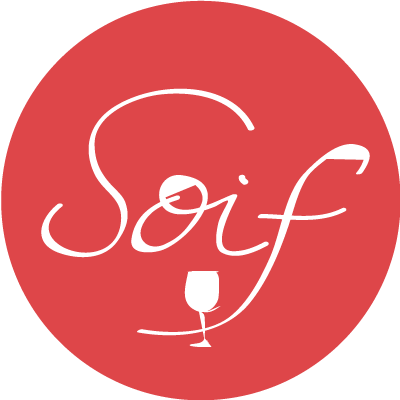2013 Denis & Didier Berthollier Chignin Bergeron “Exception” -- Savoie, France
I’m pretty excited about this month’s white wine. It’s an obscurity for sure, but not the least bit challenging flavor-wise. One thing that we constantly search out when tasting and analyzing wines for the shop is tension. Verve, electricity, energy, whatever you want to call it, we’re drawn to wines with some snap, crackle and pop. For those of you who have been in the wine club for some time, this may not be new information...
Following our love for tension, we chose a Chignon-Bergeron from the mountainous Savoie region south of Lake Geneva on the eastern edge of France. The wine is called Chignin-Bergeron, referring to Chignin, the village it comes from, and Bergeron, the local name for the Rousanne grape. It’s labeled under the larger Vin de Savoie appellation, which is a widespread patchwork of vine growing areas southeast of the Jura. Chignin-Bergeron, is an oddity in that it’s the only cru in the Vin de Savoie appellation allowed to bottle the Rousanne grape.
Rousanne is probably best known in the Northern Rhone Valley, where it produces opulent, almost oily white wines, travel a bit east to the mountainous region of the Savoie where the vines in Chignon are planted on the slopes of the towering Montgelas mountain, however, and the grape takes on a different tone. Though the area is actually quite cool (France’s most fashionable ski resorts are not far away), the vines get plenty of sunshine hours thanks to a southwest exposure. 70% of the wines produced in the Savoie are white, most from the Jacquere grape with a crisp and distinctive alpine quality. Bergeron is by far the most opulent, thanks to the natural richness of the Rousanne varietal, but the cool-climate acidity helps keep a lovely balance to the wines.
This particular expression comes from the Bertollier brothers, who come from a long line of Savoie wine making tradition. Their grandfather was one of the first to bottle Savoyard wine for the mass market in the 1970s. They farm their 10 hectares of vines without the use of all the bad stuff…no insecticides, herbicides or fungicides. Natural yeasts and low SO2 might put them in the sometimes funky natural wine category, but the wines are clean, bright and elegant. The “Exception” bottling is floral like chamomile tea, has a rich mouthfeel, and is tangy like fresh ginger. It’s a wine you can’t quite pin down-- complex and yet so simply pleasing. Try it with cheeses or exotic cuisines.
2009 Brigatti "Mot Frei" Colline Novaresi -- Piemonte, Italy
People often ask me what type of wine is my favorite. I rarely give a straight answer, there’s just too many to choose from, but a look at my sales history reveals a different story. I naturally gravitate towards Italian wine, specifically Piedmont and specifically Nebbiolo. I just can’t seem to get enough of that rosy, cherry, leathery, licorice-y goodness.
This month, we are heading to Piedmont, but breezing past the more well-known Barolo and Barbaresco and driving about an hour and a half North to the Colline Novaresi. These gentle rolling hills about 30 miles west of Milan have been home to Nebbiolo for centuries. MötZiflon is the local dialect for the name of the hill where this month’s red is grown, and literally means “hill of singing birds.” Say no more--the birds are happy and so are we.
The wine is a blend of Nebbiolo (called Spanna), and local grapes Uva Rara, and Vespolina. If you’ve never heard of the last two, don’t worry, they’re rarely seen outside of this region and are typically only used in small amounts as a part of a blend with Nebbiolo.
At Brigatti, the yields are low, allowing for nice concentration, the vineyards are cultivated with maximum respect for the environment, no chemicals are used, and all fruit is had harvested—a perfect club candidate.
The wine itself is bright and fragrant with notes of red cherries, dried rose petals and fennel seeds. The vintage is 2009, but even with seven years of age, the wine is still a beautiful ruby color and very fresh and youthful on the nose. The age helps soften some of the otherwise angular qualities of the wine resulting in nice integrated tannins and mellow acidity.
This is a food wine. While delicious on its own, it will really shine alongside a hearty bowl of pasta. Go to the farmers market, buy some juicy early girl tomatoes, some aromatic licorice-y basil and find a recipe for a simple tomato sauce. pour yourself a glass while your sauce is simmering and finish with a small spash...not too much though, you're gonna wanna drink it.







